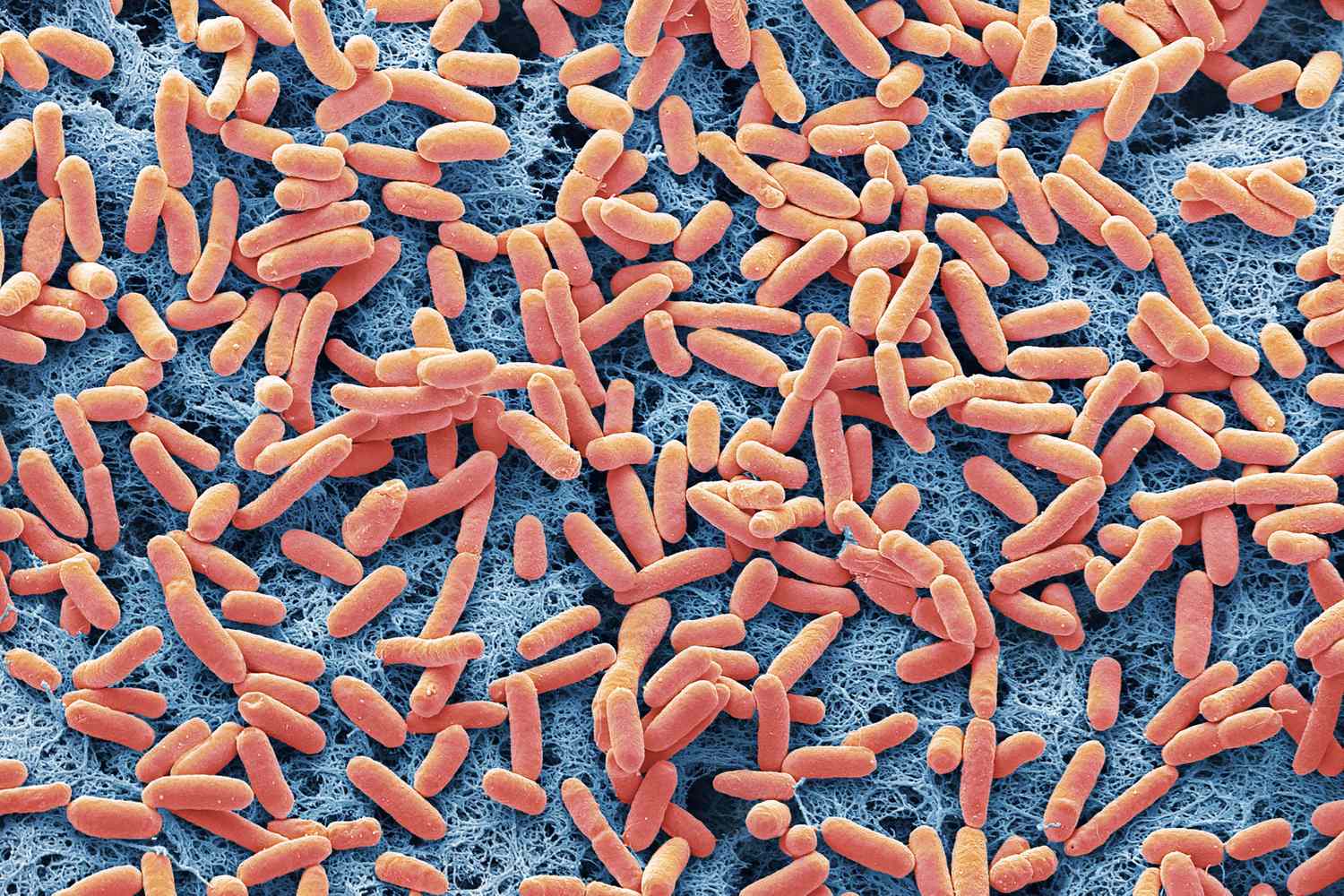- A University of Illinois study found that certain charged nanoplastics can boost the virulence of foodborne pathogens like E. coli, making them harder to eliminate.
- The bacteria exposed to nanoplastics developed biofilms, which shield them from antibiotics and sanitation methods.
- A separate Boston University study found that microplastics enable bacteria to resist multiple antibiotics, raising concerns that regions with higher plastic pollution, such as low-income areas, may face increased risks of infection.
Microplastics are truly everywhere. As the World Economic Forum explained, these tiny plastic particles measuring 5 millimeters or less have been found across land, oceans, the air, and throughout our food chain. They’ve also been detected in human blood and in the brain. We still don’t know much about how they actually impact human health. However, a new study suggests that microplastics could have an unexpected effect: making foodborne illnesses even more dangerous than before.
In April, researchers from the University of Illinois Urbana-Champaign published their study findings in the Journal of Nanobiotechnology, examining how nanoplastics, which are a mere 1 micrometer wide or smaller, react when they come into contact with foodborne pathogens, specifically E. coli O157:H7, a particularly harmful strain that can cause serious illness in humans.
“Other studies have evaluated the interaction of nanoplastics and bacteria, but so far, ours is the first to look at the impacts of microplastics and nanoplastics on human pathogenic bacteria,” the study’s senior author, Pratik Banerjee, who is also an associate professor in the department of food science and human nutrition and an Illinois Extension Specialist, shared in a statement.
Using three types of polystyrene-based nanoplastics — one with a positive charge, one with a negative charge, and one with no charge at all — the team discovered that these nanoparticles can significantly influence how bacteria grow, survive, and even how dangerous they become. In particular, those exposed to a positive charge.
That’s because the positive charge caused a “bacteriostatic” effect, which slowed but did not stop the E. coli from growing. Instead, it adapted, resumed growth, and formed biofilms, which make bacteria harder to kill.
“Just as a stressed dog is more likely to bite, the stressed bacteria became more virulent, pumping out more Shiga-like toxin, the chemical that causes illness in humans,” Banerjee said.
The researcher noted that these biofilms form a “very robust bacterial structure and are hard to eradicate,” emphasizing that their goal was to observe what occurs “when this human pathogen, which is commonly transmitted via food, encounters these nanoplastics from the vantage point of a biofilm.”
Although the research doesn’t suggest that micro- and nanoplastics are the only cause of foodborne illness outbreaks, they point out that interactions like the ones they observed “lead to enhanced survival of pathogens with increased virulence traits.”
This isn’t the only study highlighting the effects of microplastics on bacteria. In March, researchers from Boston University published their findings in the journal Applied and Environmental Microbiology, which showed that bacteria exposed to microplastics could become resistant to “multiple types of antibiotics commonly used to treat infections.”
They also specifically studied how E. coli (this time using MG1655, a non-pathogenic laboratory strain) reacted to microplastics, and, as Neila Gross, a PhD candidate in materials science and engineering and the lead author of the study, shared, “The plastics provide a surface that the bacteria attach to and colonize.” On those surfaces, Gross and her team also found that they created that dangerous biofilm, which “supercharged the bacterial biofilms,” making it impossible for antibiotics to penetrate.
“We found that the biofilms on microplastics, compared to other surfaces like glass, are much stronger and thicker, like a house with a ton of insulation,” Gross added. “It was staggering to see.”
Furthermore, the BU team pointed out that while microplastics are everywhere, they are especially problematic in lower-income areas of the world that may lack the ability to control pollution flow.
“The fact that there are microplastics all around us, and even more so in impoverished places where sanitation may be limited, is a striking part of this observation,” Muhammad Zaman, a BU College of Engineering professor of biomedical engineering who studies antimicrobial resistance and refugee and migrant health, added. “There is certainly a concern that this could present a higher risk in communities that are disadvantaged, and only underscores the need for more vigilance and a deeper insight into [microplastic and bacterial] interactions.”









